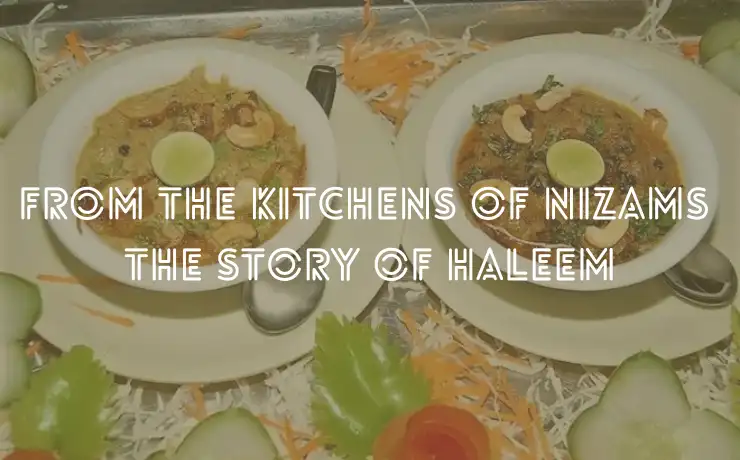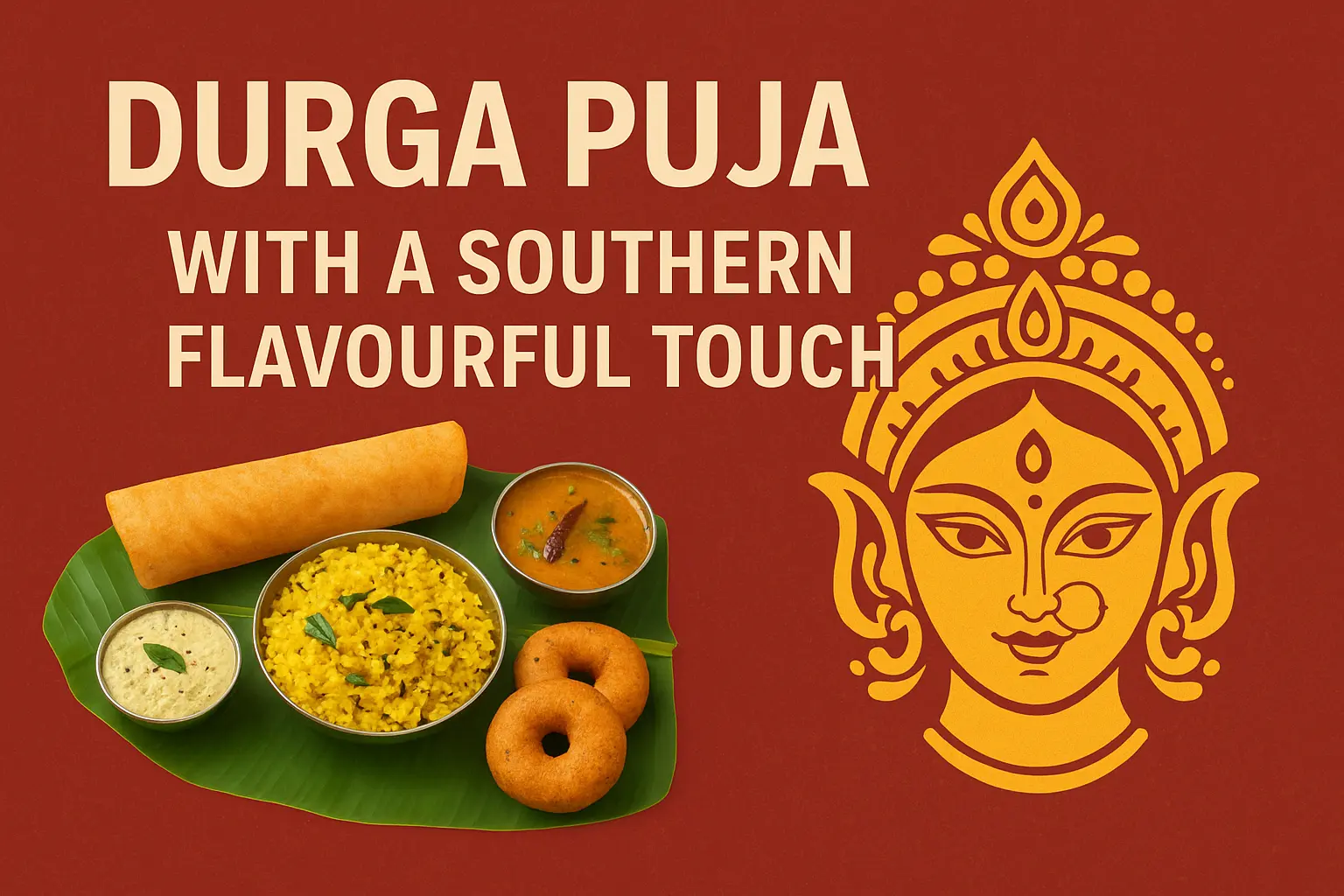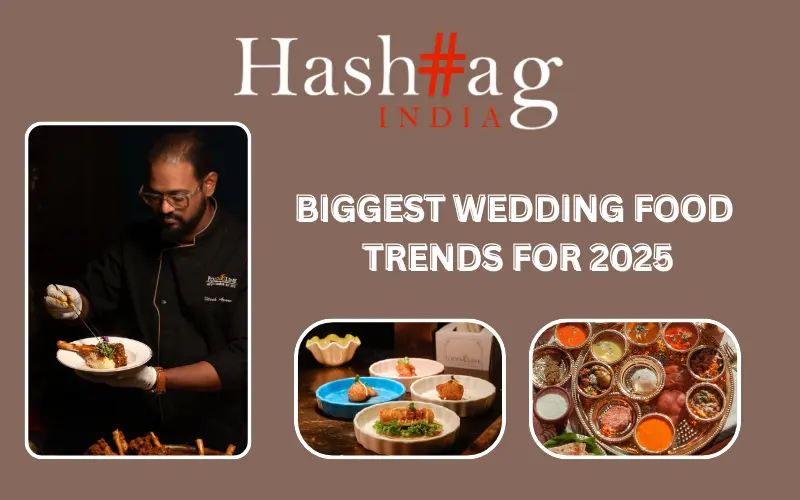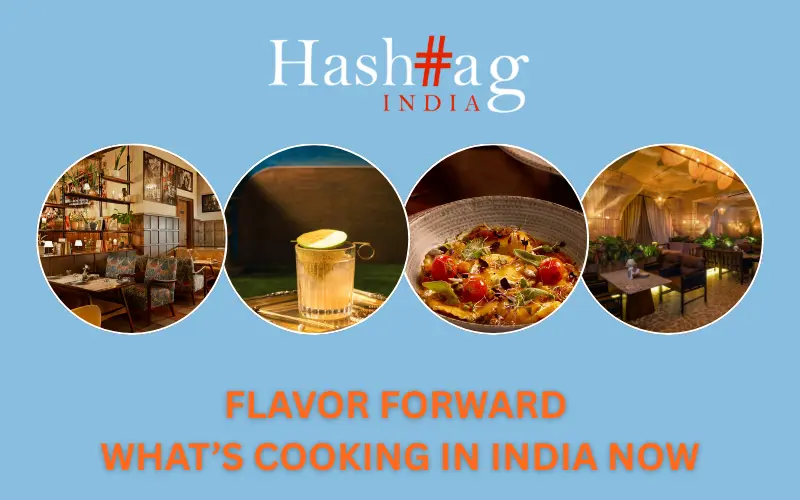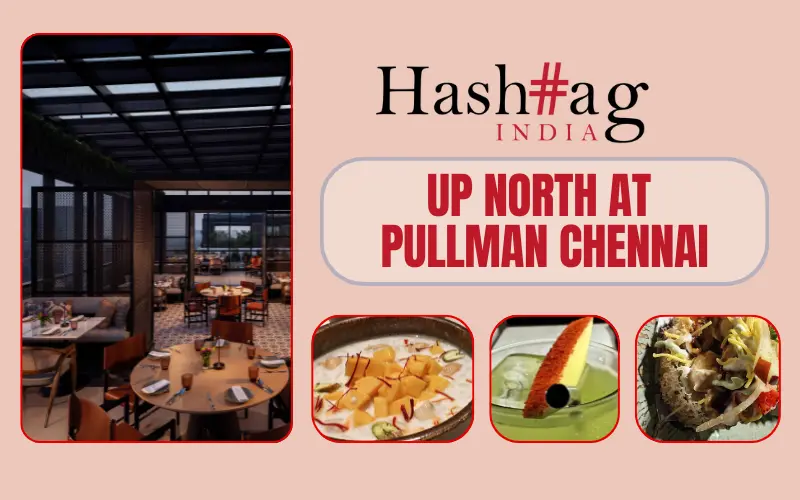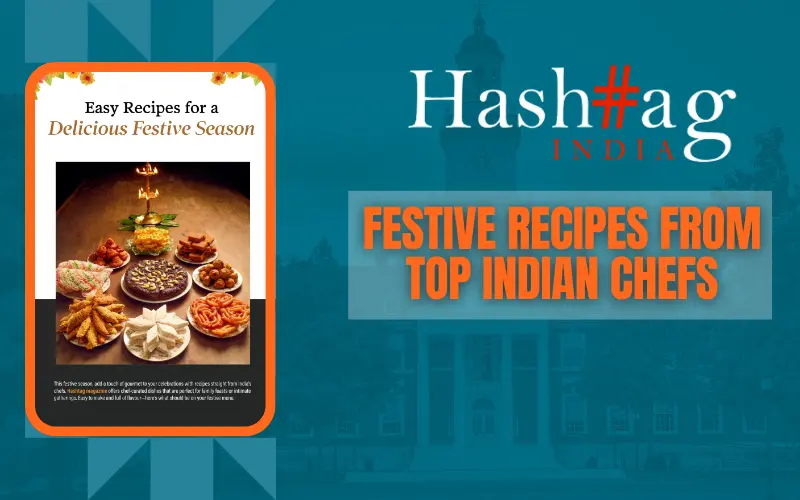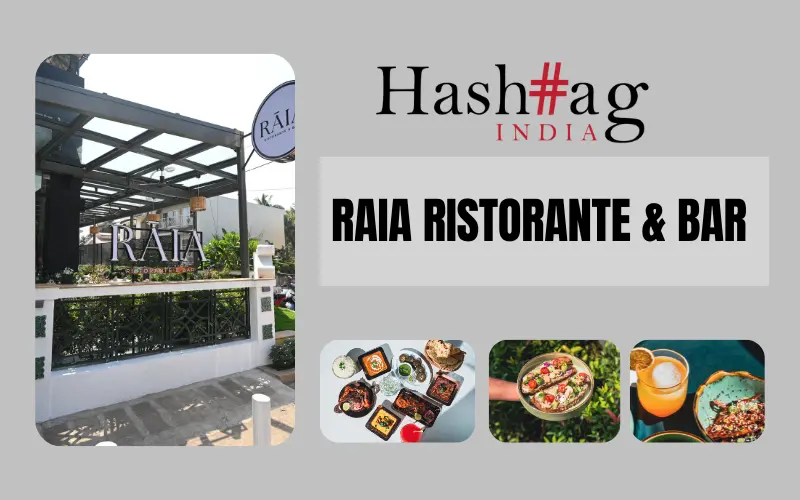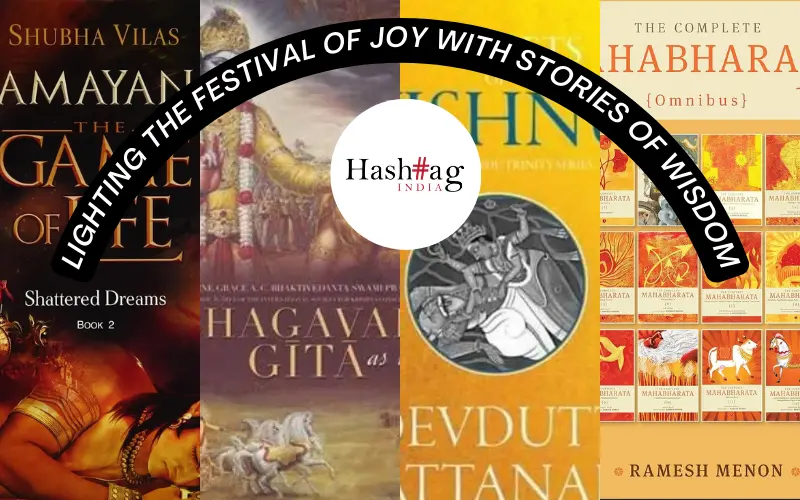Haleem is a slow-cooked Ramadan dish that has become a beloved dish across India. It is a delicious and hearty dish that has been enjoyed for centuries in many parts of the world. It is a popular food item during Ramadan and is also served at weddings and other special occasions. Dhanush Kumar explores the story of Haleem, and its flavours and discovers its cultural significance.
The Origin Of Haleem: A Story Of Scarcity and Creativity
Legend has it that haleem was first created by the Prophet Muhammad when he mixed barley, lentils, and meat during a time of scarcity. This dish was so tasty that it quickly became popular among his followers and eventually spread throughout the Islamic world.
The dish originated in the Middle East, and it has become a staple food in many countries, including India, Pakistan, Bangladesh, and Iran. Each region has its unique twist on the dish, but the basic ingredients remain the same.
The Ingredients: Slow-Cooking and Spices
Haleem is made by slow-cooking a blend of lentils, meat, and spices for several hours until it becomes a thick, rich stew. The lentils are soaked and ground into a paste, which is then mixed with meat (usually mutton, chicken, and beef), and cooked on low heat for hours until the meat is tendered and the lentils have turned into a creamy consistency.
The spices that are used in haleem vary depending on the region and personal preference. The most common ingredients are ginger, garlic, cumin, coriander, turmeric, and chilli powder. The slow-cooking process allows the spices to infuse into the dish, giving it a rich flavour.
The Versatility Of Haleem
One of the best things about haleem is its versatility. It can be served as a main course, as a side dish, or even as a breakfast item. In many parts of the world, haleem is traditionally eaten during Ramadan as a way to break the fast at sunset. It can be enjoyed as a side dish, paired with other dishes such as biryani, naan, or paratha.
The Nutritional Benefits Of Haleem
Many people believe that haleem is a healthy food option because it’s high in protein, fibre, and other nutrients. The lentils and meat used in haleem are both excellent sources of protein, which is important for building and repairing muscles.
The meat used in haleem is also a good source of iron which is important for the production of red blood cells. The spices used in haleem, such as turmeric, and coriander, have been shown to have anti-inflammatory properties and may help to reduce the risk of chronic diseases.
The Cultural Significance Of Haleem
Haleem isn’t just about nutrition; it is also about culture and tradition. In many Muslim households, haleem is a symbol of family, community, and hospitality. During Ramadan, many families gather together to break their fast with a bowl of haleem. It is also a reflection of the diversity of Islamic cuisine, with each region putting its unique spin on the dish.
Conclusion
The next time you enjoy a bowl of haleem, take a moment to appreciate the history behind the delicious dish. Haleem is more than just food. It is a story, a tradition, and a way of life.

